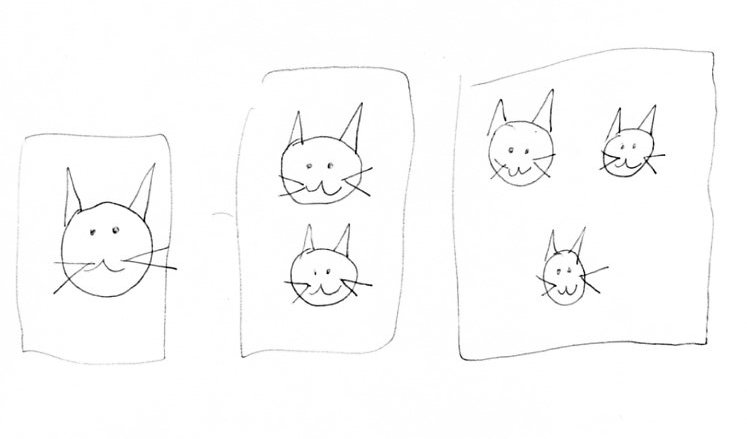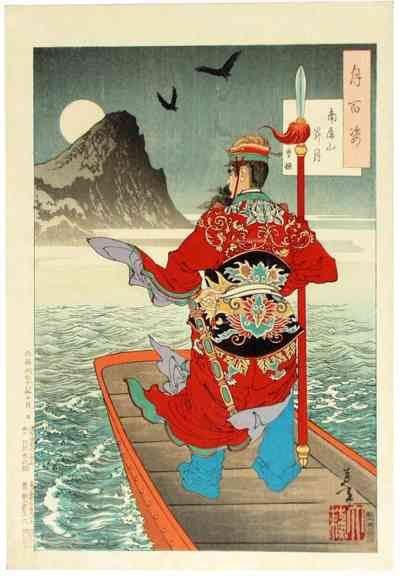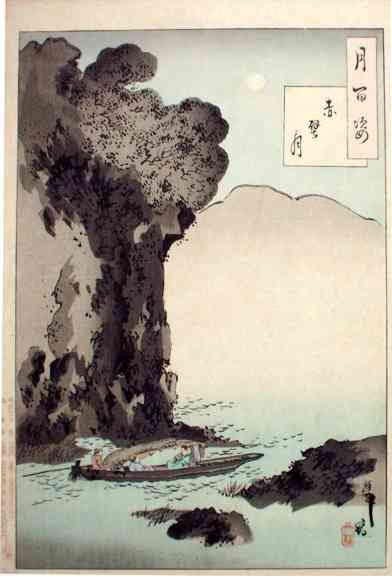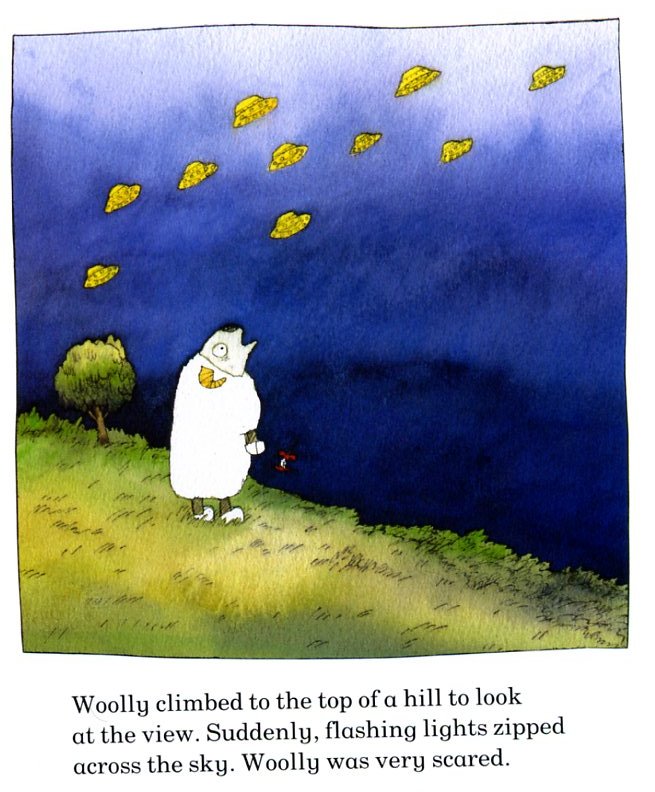This first appeared on Comixology.
__________
Comics are sequential art, I’m told. So how do you get art into a sequence? The usual answer is through narrative. Superman helps a little old lady across the street in that panel; fans get older and creepier in this panel; Superman feasts on the blood of innocents in the third panel; Frederic Wertham weeps silently in the final panel. Sequence.
There are other ways to organize images in a sequence though. For example:
There’s an obvious, instantly recognizable progression there. But it doesn’t use narrative.
On the one hand, putting images in a simple numerical sequence seems…well, simplistic. And it actually is simplistic— this is how children’s books are organized, after all. At the same time, breaking away from narrative, however it’s done, is a step away from traditional structures and towards modernism. Wallace Stevens’ “Thirteen Ways of Looking at a Blackbird” is the Western referent that leaps to mind. But perhaps even more apropos are classic ukiyo-e Japanese print series. In Yoshitoshi’s 100 Aspects of the Moon, for example, a central theme approached from a set number of angles creates the opportunity for unity, rhyme, and even sequence without narrative.
In this print from 100 Aspects of the Moon, a great Chinese general Cao Cao crosses the Yangtze river on the day before his defeat.
And this is the same place, eight centuries later. Su Shi, a poet, composes a verse by moonlight about, or inspired by, Cao Cao.
The two images aren’t contiguous in the series…they were made four years apart. But you have to think that Yoshitoshi remembered the first while he made the second, and that they’re meant to nod back and forth, at least. Certainly, they complicate or expand on each other; in the first Cao Cao, in full glorious color, sails towards a tragedy he doesn’t know. But the poet (in a much less elaborate, less brighter image) does know it; the boat in fact seems to be sailing back, returning in the opposite direction from Cao Cao’s voyage. You can almost see Cao Cao and the poet looking at each other, one not seeing (turned away), one seeing…but both transient compared to the ever-cycling, singular moon (and it is singular, since the moon in the first print actually seems to provide the moonlight for both images.)
(I discuss some other images from Yoshitoshi’s series here,for those who are interested.)
A more recent series working in the number-rather-than-narrative vein is Satoshi Kitamura’s When Sheep Cannot Sleep: The Counting Book, published in 1986. Kitamura — a Japanese expatriate living in London — splits the difference almost exactly between simplicity and sophistication. The volume is, as the title makes clear, actually a children’s counting book; the protagonist, a sheep named Wooly, sees one butterfly on the first page, two ladybugs on the second, and so forth. At the same time, though, the way in which Wooly’s adventures are presented is suggestive and elliptical in a way that recalls the Japanese print series. For the most part, and unlike in most counting books for kids, the book does not specifically list the number of objects Wooly encounters. Instead, the counting theme is unspoken; unifying the series silently, the same way the Chinese general’s goings and comings form a clear but unstated link between the Yoshitoshi drawings above.
Kitamura’s book reads like a Japanese print series in a number of ways, from his off-center compositions, to his subtle use of blank space, to his lovely color palette, all the way to his clever, intentionally humorous use of visual puzzles. You’re always wondering from page to page what you’re supposed to be counting and where it is, just as in Yoshitoshi’s series you’re always looking for (and not always finding) the moon.
There is a significant difference in approach, though, between Kitamura and Yoshitoshi: Kitamura has a narrative. His lumpy sheep is having trouble falling asleep, and the book follows Wooly as he wanders through a nighttime landscape, in an effort to escape insomnia. Eventually he finds a house and starts performing the usual children’s nighttime rituals of eating, bathing, and finally getting into bed. In short, it’s a story familiar to reader’s of kids’s books; a child going to bed.
Except, that, again, it isn’t. Though the narrative is there, it doesn’t control or guide the book. It’s counting that moves the book forward; narrative is a bonus rather than an engine. As a result, Kitamura can let his mind and paintbrush wander, and the story and images float free, almost unconscious of where they’re supposed to be going. When Sheep Cannot Sleep has a dreamlike aura entirely appropriate to the subject matter; each of Kitamura’s vivid watercolor images seems like a quietly disconnected, hyper-real moment. Mysteries — what are those UFOs doing? whose house is that? who put out the pajamas? —don’t ever resolve . They’re meaningful not because of the narrative closure they set up, but because of how their humor, or poetry, or eeriness resonantes within an individual image.
When Sheep Cannot Sleep isn’t hard to follow, and it’s certainly not avante garde. Wooly is an unassuming creature, and his needs are straightforward; he just wants to get into bed and dream. Not much happens, and the book is too simple to allow for a complicated plot. Or, alternately, it’s too complicated to allow for a simple plot, depending on which, of various ways, you look at it.






